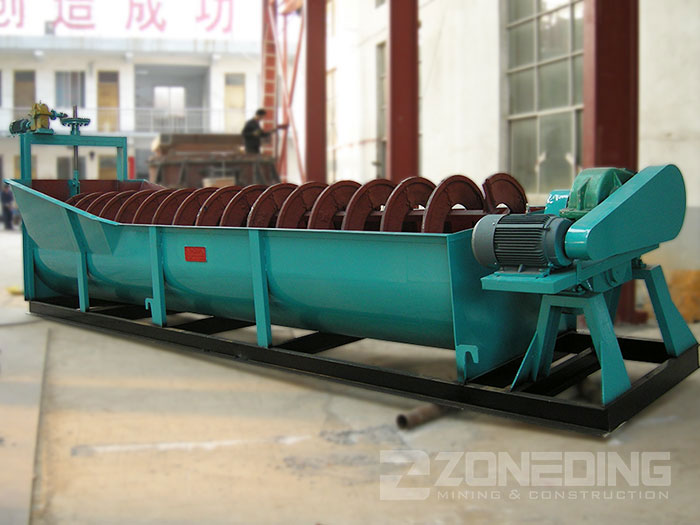The US Department of Energy's CALiPER test program reviewed omnidirectional and A-type LED bulbs labeled with LightingFacts. The report is both encouraging and disappointing in some respects. Tests have found that A-type LED bulbs vary widely in terms of luminous intensity distribution, color quality, dimming and compatibility with other controls. In the third quarter of 2013 alone, more than 1,700 new LED products (not just A-type LED bulbs) were added to the LightingFacts database.
The US Department of Energy said that the average luminous efficacy of all LEDs labeled with LightingFacts in the third quarter of 2013 was 78 lumens per watt, the highest average to date. According to reports, since the launch four years ago, the average luminous efficacy of all types of LED luminaires labeled with LightingFacts has increased by an average of 9.5 lumens per watt per year. Although there is no significant improvement in minimum light efficiency (perhaps due to certain special products), the US Department of Energy says that the maximum light efficiency is increasing at a steady rate, in addition to an anomolous product launched in the first quarter of 2013. The overall average luminous efficacy of LED bulbs currently on the market is 69 lumens per watt, which is included in the range of 55 lumens per watt to 84 lumens per watt described by the Department of Energy. It is worth noting that since September 30, 2014, the ENERGY STAR A-type lamp will be required to have a luminous efficacy greater than 55 LM/W or 65 lm/W depending on the input power. The US Department of Energy said that most (64%) A-type bulbs below 55 lumens/watt have been discontinued. Last year, only 5 of the 27 products were on the market, all less than 466 lumens.
ENERGY STAR requires a color rendering index (CRI) of not less than 80 and a correlated color temperature (CCT) of 2700K and 6500K. Among the A-type bulbs, 91% have a CRI of 80-89, and most are between 80 and 85. Only four A-type bulbs on the market have a CRI of 90 or higher. Most A-type lamps have a CCT of 2700K or 3000K, which is mostly 2700K. At the same time, 22% of A-type bulbs on the market have CCTs of up to 4000K or higher. The US Department of Energy pointed out that this is clearly different from the incandescent bulbs that are about to be replaced. It is said that many of the 22 bulbs have a CRI below 80.
According to tests, most of the LEDLightingFacts A-type bulbs on the market currently have a power factor of 0.90 or higher. According to the DOE, many LightningFacts A-type bulbs now have a full range of light distribution. The US Department of Energy attributed this to an increase in light efficiency, which increased the flexibility of optical applications. Despite improvements in light distribution and light efficiency, the US Department of Energy found that only a very small number of products can effectively replace 75-watt or 100-watt type A incandescent bulbs. Although for the A-type bulbs, the average color rendering index is 80 rows is good, the US Department of Energy pointed out that this is still lower than the incandescent bulbs to be replaced.
Brief Introduction:
Spiral Classifier is widely used to control material size from Ball Mill in the beneficiation process, separate mineral sand and fine mud in the gravity concentration, and clean mud and water in washing mineral process.

Features:
1. Simple structure, stable operation, safe and reliable.
2. The main screw frame electric lifting device of the standard configuration, making the equipment operation and replacement of spare parts more easy.
3. Optimization design of the helical blade, making sure of spare parts to minimize loss.
Technical Parameters:
| Model | Spiral diameter (mm) | Speed of Spira l(r/min) | Capacity | Slope (°) | Powe r(KW) | Weight (t) | |
| Sand Return (t/h) | Overflow (t/h) | ||||||
| FL-5 | 500 | 8-15.5 | 143-2611 | 32 | 12-18 | 3 | 1.9 |
| FL-7 | 750 | 4.5-10 | 256-564 | 65 | 12-18 | 3 | 2.7 |
| FL-10 | 1000 | 1.6-7.4 | 473-1026 | 85 | 12-18 | 5.5 | 4.1 |
| FL-12 | 1200 | 5-7 | 1170-1600 | 155 | 12-18 | 5.5 | 7.5 |
| FL-15 | 1500 | 2.5-6 | 70-115 | 235 | 12-18 | 7.5 | 10.5 |
| FL-18 | 1800 | 2.5-6 | 100-190 |
310 |
12-18 | 11 | 17.1 |
| FL-20 | 2000 | 2.5-6 | 160-230 | 400 | 12-18 | 15 | 19.3 |
| FL-24 | 2400 | 3.64 | 160-230 | 580 | 12-18 | 18.5 | 26 |

Spiral Classifier
Spiral Classifier,Sand Spiral Classifier,Stone Spiral Classifier,Spiral Sand Classifier,Screw Sand Classifier
Zhengzhou Zhongding Heavy Duty Machine Manufacturing Co.,Ltd. , http://www.zonedingmac.com